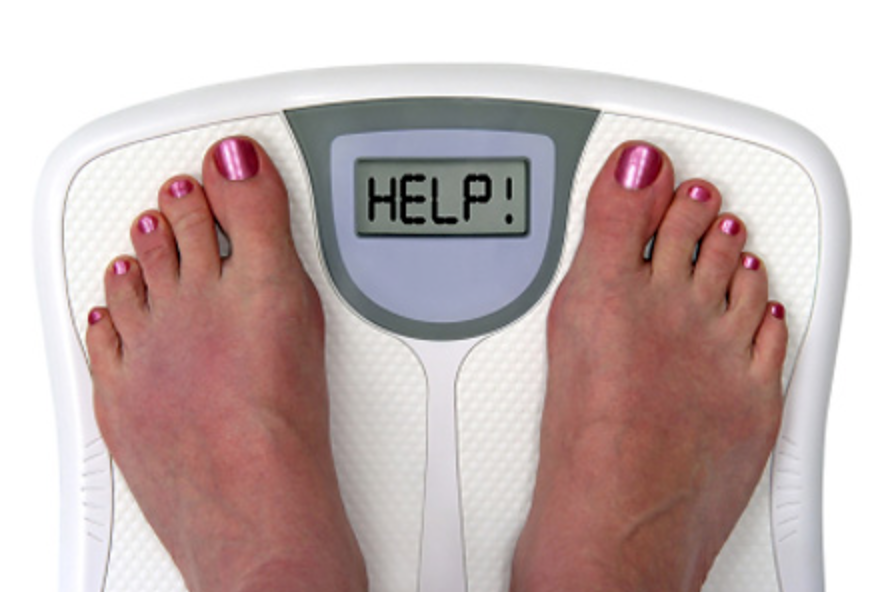I’ve been a yogi for a long time, and also at various times, I’ve danced, biked, swum, kayaked, walked, hiked, worked with a trainer in a fitness studio, done tai chi and/or qi gong, Pilates… I’m sure there are some activities I’ve forgotten at the moment.
I love it when my body moves well, when I have full range of motion in all my joints and can move with fluidity and enough energy and strength to do these activities and get through my days with a minimum of discomfort.
I practiced the MELT Method at home, subscribing to MELT On Demand, for a while a few years ago. It gave me online access to hundreds of videos focusing on rehydrating my body parts using soft foam rollers and balls and stretchy bands.
Hydration. Rehydration. We are squishy beings. Infants are about 70 percent water, but it declines with age, to maybe 55 percent in the senior years, which is where I am now.
In other words, we kinda dry up with age, and this shows up as stiffness.
You know what? It is not inevitable! And it takes more than just consuming enough fluid.
You want those fluids to get into your soft tissues, into your muscles and fascia, bones and joints, tendons and ligaments.
You know how good you feel after you’ve received a full body massage? Well, the secret to that good feeling is the massage therapist gliding their hands with light or firm pressure on your skin. It redistributes your fluids, which relieves stiffness, aches, and pains.
The MELT Method is hands-OFF bodywork you can do by yourself, at home, with MELT equipment and videos. Sue Hitzmann, bodyworker and self-described gym rat, developed the MELT Method and continues to add to it.
Don’t underestimate Sue because she is in great shape, attractive, perky, and wears fashionable workout wear. She’s also disciplined and brainy. She has a master’s degree in exercise science from NYU. She’s participated in dissections of cadavers to learn more about fascia and belongs to the international Fascia Research Society. She’s worked with some big names in the field of fascia research: Tom Myers, Gil Hedley, Robert Scheip, Jean-Claude Guimberteau.
She is a somatic educator, bringing information and practices you can use to enhance your experience of well-being.
I stopped doing MELT for a while but just re-upped my subscription to MELT On Demand because I was feeling too stiff.
If this interests you, @MELTmethod is a YouTube channel with free material on MELT, no subscription needed.
Here Sue describes how she developed the MELT Method.
Here Sue describes the MELT Method in 3 minutes.
Here is a link to a 10-minute foot treatment. You can do this treatment on one foot and then notice the difference between each side of your body — the side you treated and the one you didn’t.
You’ll get a clear understanding of what rehydration does for you in a way that words simply can’t convey.
In some ways, it’s like reflexology. The sole of the foot maps to the entire body.
If you want to buy the MELT hand and foot therapy balls and just do that, it’s a great start. 10 minutes every day…no more morning stiffness.
As someone who sits still for long periods in my work as a biodynamic craniosacral therapist, I can’t recommend this enough. My work is oriented to fluids and energy in the body. I help my clients experience more ease in their bodies. If I could receive a session every day, I would!
MELT is the next best thing.



